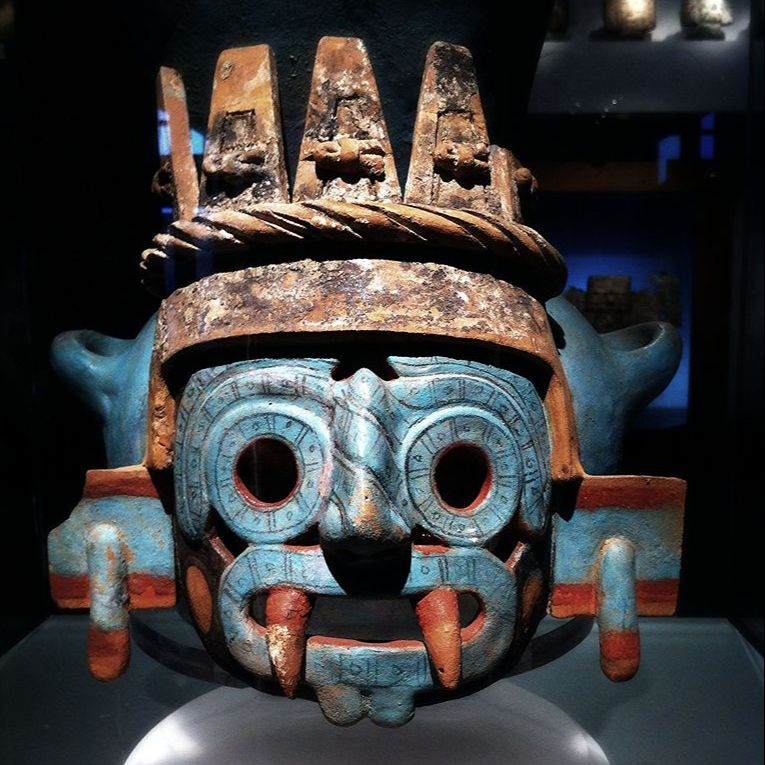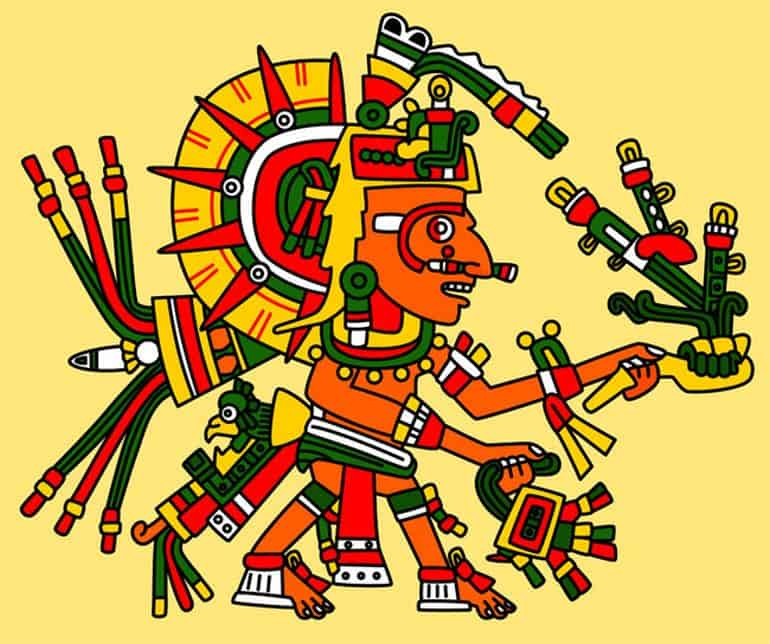The Aztecs Worshipped Lots of Gods
The indigenous Aztecs of central Mexico founded the Aztec religion. Human sacrifice is practiced in connection with several religious festivals in the Aztec calendar, as it is in other Mesoamerican religions. The Aztecs would frequently combine deities borrowed from various geographic locations and peoples into their own religious rites, as their polytheistic religion contains lots of gods and goddesses.
The globe is divided into thirteen heavens and nine earthy strata, or netherworld, according to Aztec cosmology. The first heaven and the first terrestrial layer overlap at the Earth's surface, bringing heaven and terrestrial layers together. Each level is associated with a different collection of gods and celestial bodies. The Sun, Moon, and Venus are the most prominent celestial entities in Aztec religion (both as "morning star" and "evening star"). "People of the Sun" was a common nickname for the Aztecs.
Many of the Aztecs' most important deities are still revered in the modern world. These deities are known by several names, including Tlaloc, Quetzalcoatl, and Tezcatlipoca, and have been revered by various societies throughout Mesoamerica's history. Tlaloc, the rain deity; Huitzilopochtli, patron of the Mexica tribe; Quetzalcoatl, the feathered serpent and god of wind and learning; and Tezcatlipoca, the sly, elusive god of fate and fortune, are all important deities to the Aztecs. Tezcatlipoca was also associated with sorcery and war.












